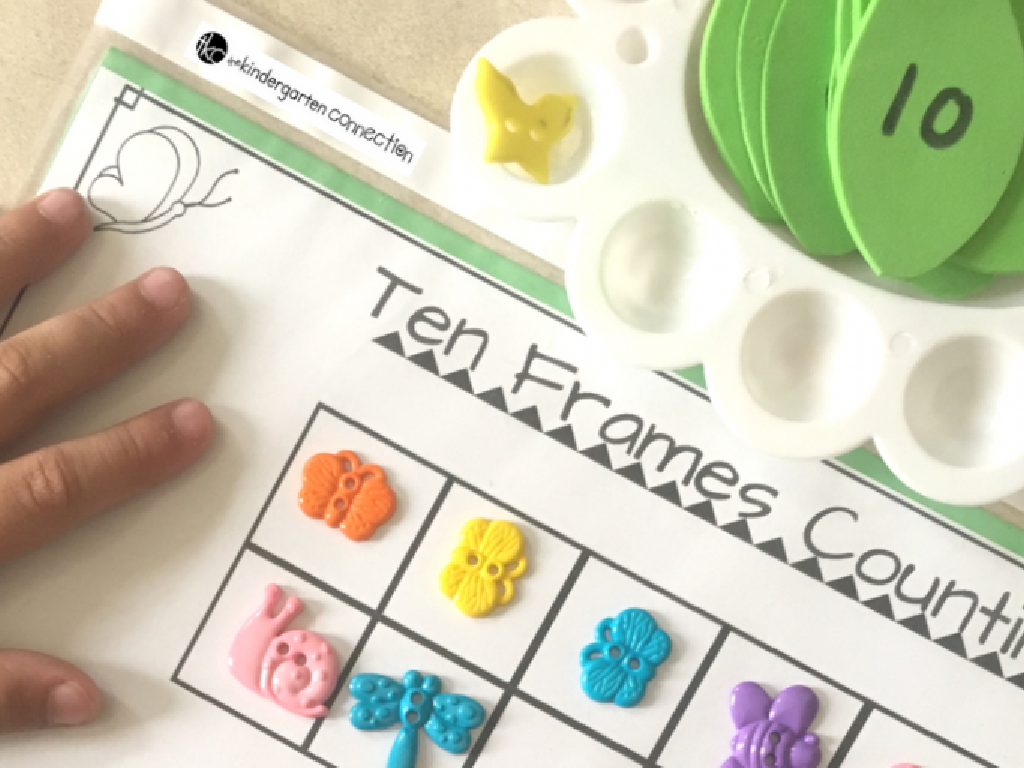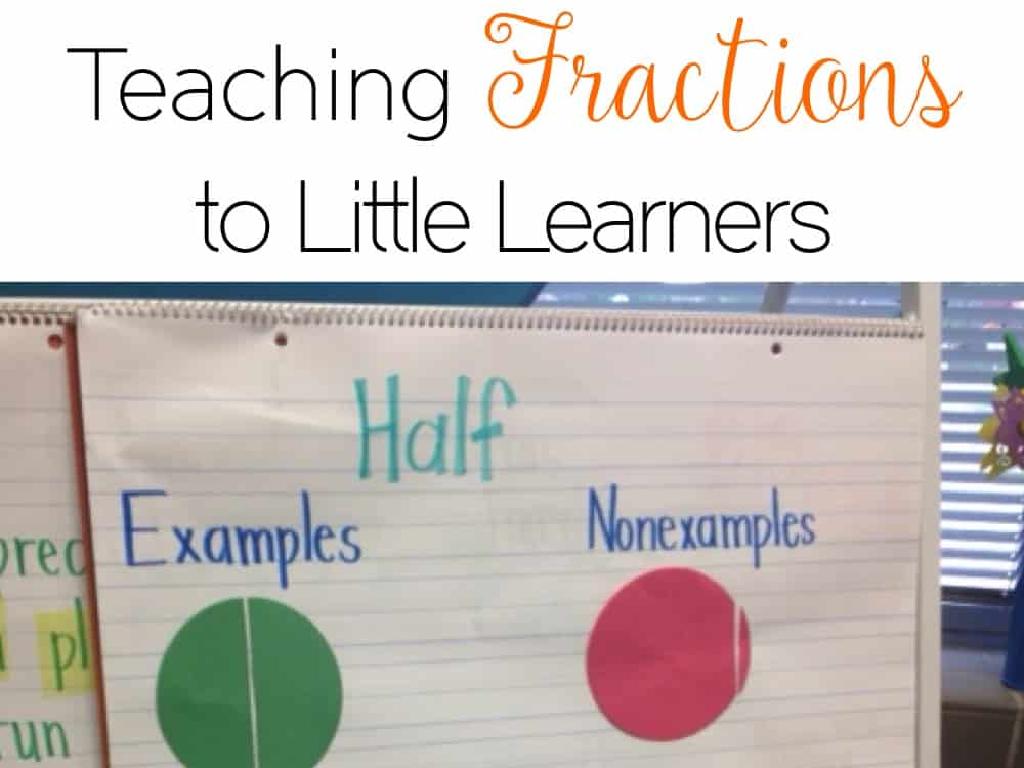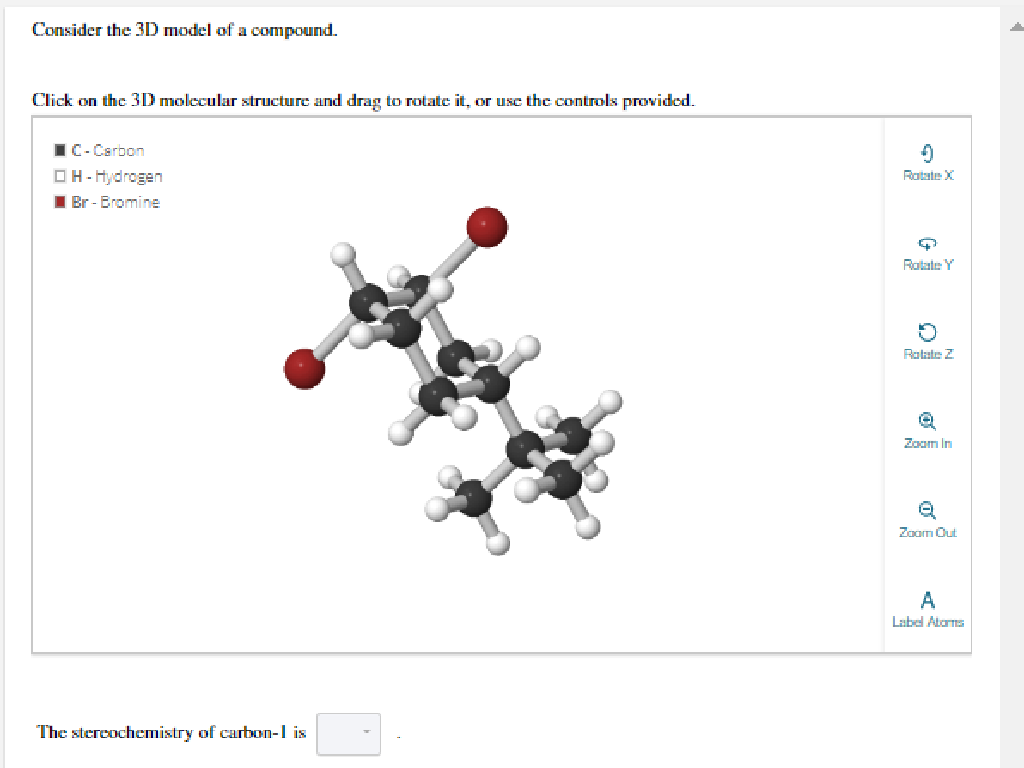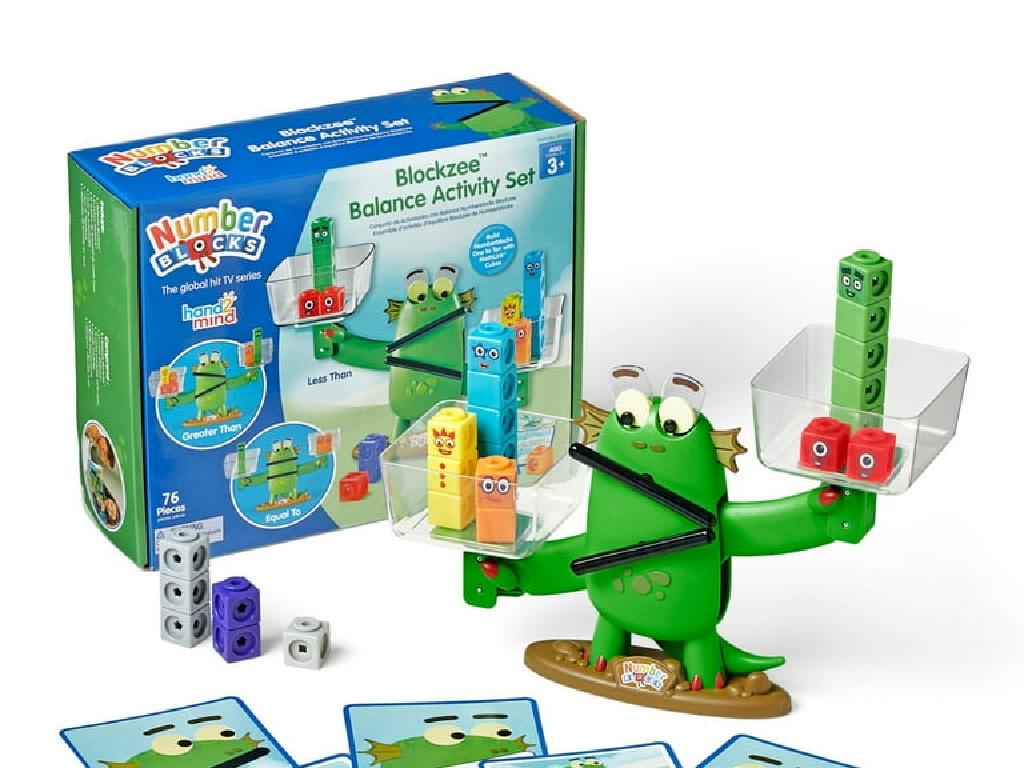Use Number Lines To Add Two-Digit Numbers
Subject: Math
Grade: Second grade
Topic: Addition Strategies: Two Digits
Please LOG IN to download the presentation. Access is available to registered users only.
View More Content
Addition with Number Lines
– Learn a new addition strategy
– Using number lines for addition
– A number line helps us visualize adding by ‘jumping’ forward
– Steps to add two-digit numbers
– Start at the first number, make jumps equal to the second number
– Practice with examples
– Example: 23 + 15, start at 23, make 15 jumps to land on 38
|
This slide introduces students to the concept of using number lines as a visual tool to add two-digit numbers. Begin by explaining that a number line is a straight line with numbers placed at equal distances along its length. Emphasize that each ‘jump’ or ‘hop’ on the number line represents a single unit of addition. Demonstrate the process with a simple example, such as adding 23 and 15, by starting at 23 on the number line and making 15 equal jumps to arrive at the answer, 38. Encourage students to draw their own number lines and practice this technique with various two-digit addition problems. Provide several examples and guide them through the steps to ensure understanding.
Understanding Number Lines
– What is a number line?
– A straight line with equally spaced numbers
– Visualizing number values
– See how numbers are bigger or smaller
– Number order on lines
– Numbers increase as you move right
– Using lines for addition
– Add by ‘hopping’ along the line
|
This slide introduces the concept of a number line, which is a fundamental tool in understanding basic arithmetic. Explain that a number line is a visual representation that helps us see the relative size and order of numbers. It’s important for students to recognize that as we move to the right on the number line, the numbers increase, and as we move to the left, they decrease. Demonstrate how to use a number line to add two-digit numbers by making ‘hops’ or ‘jumps’ from one number to another, which represents the addition process. Use examples with actual number lines and encourage students to draw their own as they solve addition problems.
Adding with Number Lines
– Number lines help us add
– A line with numbers in order, we jump forward to add
– Start with smaller numbers
– Begin with 1-digit numbers like 2 + 3
– Practice makes perfect
– The more we practice, the better we get
– Let’s try adding together!
– Use a number line to add 23 + 15 as an example
|
This slide introduces the concept of using number lines for addition, which is a visual method to help students understand how to add two-digit numbers. Start by explaining what a number line is and how it can be used to represent addition by making jumps forward. Begin with simple one-digit additions to ensure students grasp the concept. Gradually move to two-digit numbers, using plenty of practice examples. Encourage students to draw their own number lines and use them to solve addition problems. For the activity, have students use a number line to add two-digit numbers like 23 + 15, explaining each step of the process.
Adding Two-Digit Numbers on a Number Line
– Start with a larger number
– Make jumps equal to the second number
– Each jump represents a ‘ten’ or ‘one’
– For 23 + 15, first make a jump of ‘ten’, then five jumps of ‘one’
– Land on the final sum
– Practice with 23 + 15: start at 23, jump to 33, then land on 38
|
This slide introduces students to the concept of using a number line to add two-digit numbers. Begin by explaining that we start with the larger of the two numbers to make fewer jumps. Demonstrate how to make jumps on the number line that represent tens and ones. For example, to add 23 + 15, show a jump of ten to get from 23 to 33, then make five individual jumps to reach the final sum of 38. Encourage students to visualize the jumps as they count, reinforcing the concept of place value. Provide several examples and allow students to practice with guidance. This visual and kinesthetic approach helps solidify their understanding of addition with two-digit numbers.
Adding Two-Digit Numbers on a Number Line
– Begin at the first number on the line
– Jump by the value of the second number
– If our second number is 23, we make 2 big jumps of 10 and 3 small jumps of 1
– The landing number is the sum
– Practice with different number pairs
– Try adding 34 + 22 or 56 + 15 on a number line
|
This slide introduces students to the concept of using a number line to add two-digit numbers. Start by explaining that a number line is a visual tool that helps us understand numbers and their relationships. Demonstrate the process step by step: place a marker on the first number, then make jumps equal to the second number. Emphasize that the number they land on after making the jumps is the sum of the two numbers. Encourage students to practice this method with different number pairs to become comfortable with the process. Provide several examples on the board and ask students to come up and try it themselves.
Adding Two-Digit Numbers on a Number Line
– Start with the number 23
– Make 15 jumps forward
– Each jump represents adding 1
– This helps us see the addition
– Find the number we land on
– Adding 15 to 23 gets us to 38
|
This slide is designed to teach second-grade students how to use a number line to add two-digit numbers. Begin by placing a marker on the number 23 on the number line. Explain that each jump forward represents adding one more to the number. Students will then make 15 individual jumps forward to visually see the addition process. After 15 jumps, the students should land on the number 38, which is the sum of 23 and 15. This visual and interactive method helps students understand addition conceptually. Encourage students to count aloud each jump to reinforce the concept. As an activity, students can use physical number lines in class or draw their own to practice with different numbers.
Practice Time: Adding with Number Lines
– Try adding using number lines
– Remember to count each jump
– Count on by tens, then ones for accuracy
– Double-check your addition
– Look back to ensure each jump matches a number
– Share your answers with the class
|
This slide is designed for student engagement and practice. Students will apply their knowledge of addition using number lines to solve problems. Encourage them to make big jumps by tens and then smaller jumps by ones to find the sum of two-digit numbers. Remind them to count carefully as they make each jump on the number line and to check their work by verifying that the number of jumps corresponds to the numbers being added. After completing the exercise, students should be prepared to share their answers with the class for discussion and further learning. As an activity, you can have different students come up to the board to demonstrate their addition on a large number line, or have them work in small groups to solve problems and compare their methods and results.
Class Activity: Number Line Hopscotch
– Let’s play Number Line Hopscotch!
– Pair up for hopscotch addition
– Work with a buddy to add numbers like 34 + 22
– Take turns on the number line
– One at a time, hop to add two-digit numbers
– Help your partner find the sum
– Check each other’s work and ensure the sum is correct
|
This interactive class activity is designed to help second-grade students understand the concept of adding two-digit numbers using a number line in a fun and engaging way. Set up a number line on the floor with tape or chalk. Students will work in pairs, with one student hopping on the number line to add while the other observes and assists. For example, to add 34 + 22, a student will start at 34 and make 22 hops forward to land on the correct sum. Each pair will take turns, allowing both students to practice and help each other. As a teacher, circulate the room to guide students and ensure they are counting correctly. Possible variations of the activity could include using different starting numbers, adding with larger or smaller increments, or introducing a challenge element with a timer.
Mastering Addition with Number Lines
– Congratulations on learning addition!
– Practice to perfect number line addition
– Try adding different two-digit numbers
– Use number lines for adding more numbers
– It helps visualize the addition process
– Keep practicing at home!
|
This slide is a conclusion to reinforce the students’ understanding of using number lines to add two-digit numbers. Celebrate their accomplishment in learning this new skill and encourage them to continue practicing to become more confident. Emphasize the importance of practice in mastering this addition strategy. Provide suggestions for different types of two-digit numbers they can practice with at home, and remind them how number lines can help visualize the steps in the addition process. Encourage parents to support their children’s practice at home.






